Today is Christmas Eve, and we're taking the opportunity to present 10 things you didn't know about Christmas - or that you perhaps didn't know about Christmas. A few days ago we wrote a post about Christmas traditions and about why we do what we do, and we came across so much interesting information that there will be another post. Anything new or unexpected for you? Or maybe you have some other interesting information about Christmas to share?
Table of contents
1. Odin may be the forerunner of Santa Claus
In pagan times, the Germanic cultures celebrated 'jól', or 'yowl" in English, at the time of the midwinter solstice. The celebration was linked to Odin, also known as 'Jólnir'. Odin's ghostly ride across the sky, with his white beard fluttering, is thought by some to be the basis for Father Christmas.
2. Santa Claus can be traced back to St Nicholas.
Santa Claus' American name 'Santa Claus' comes from the Dutch 'Sinterklaas', which in turn is derived from the saint St Nicholas. The good-hearted St Nicholas lived in the 3rd century and, among other things, rescued three girls, who had no money for dowry, from prostitution.
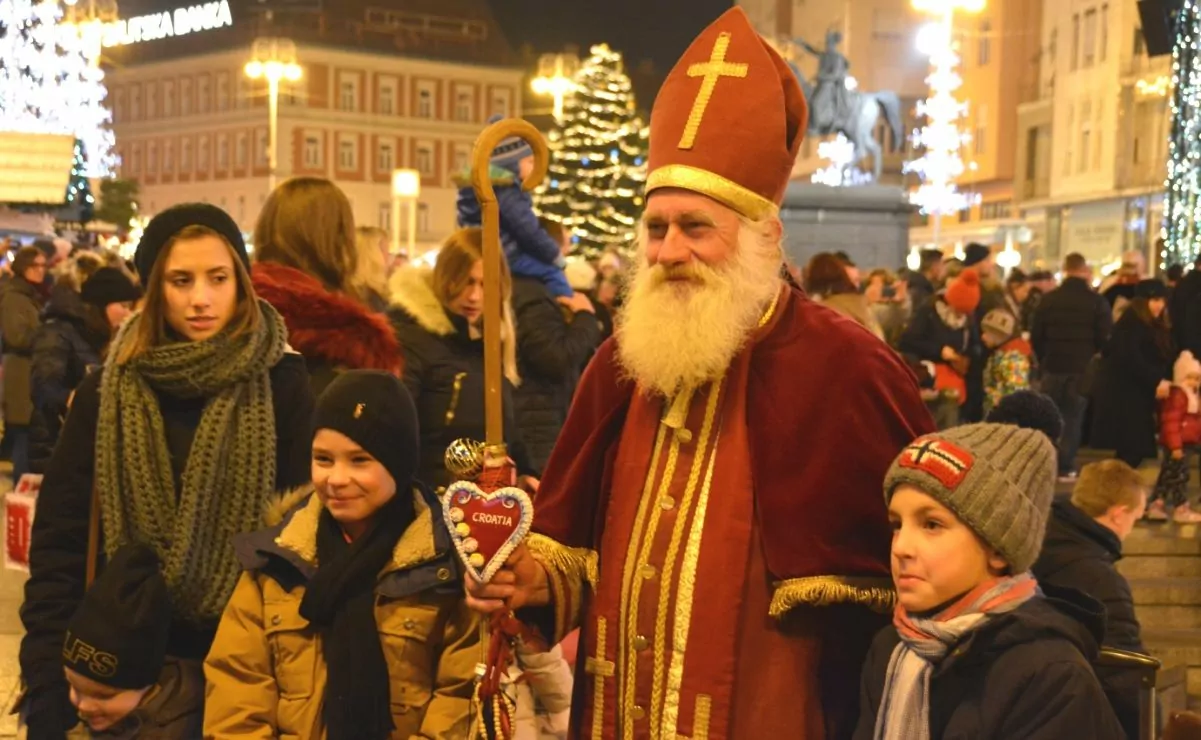
3. The Coca Cola cartoonist was of Swedish/Finnish origin.
The American Santa Claus we're used to seeing today was popularised in Coca Cola advertising in the 1930s, using images by cartoonist Haddon Sundblom, who was born in the US to a Swedish mother and an Ålandic father.
4. it is unclear where the plot lives
The American Santa Claus lives at the North Pole and the Danish one in Greenland. The Finnish-Swedish Santa Claus is considered to originate from Korvatunturi, but has faced competition from tourist ventures in Rovaniemi. In 2007, the company Sweco argued that Santa Claus should live in Kyrgyzstan, as it would be optimal for Santa's logistics.
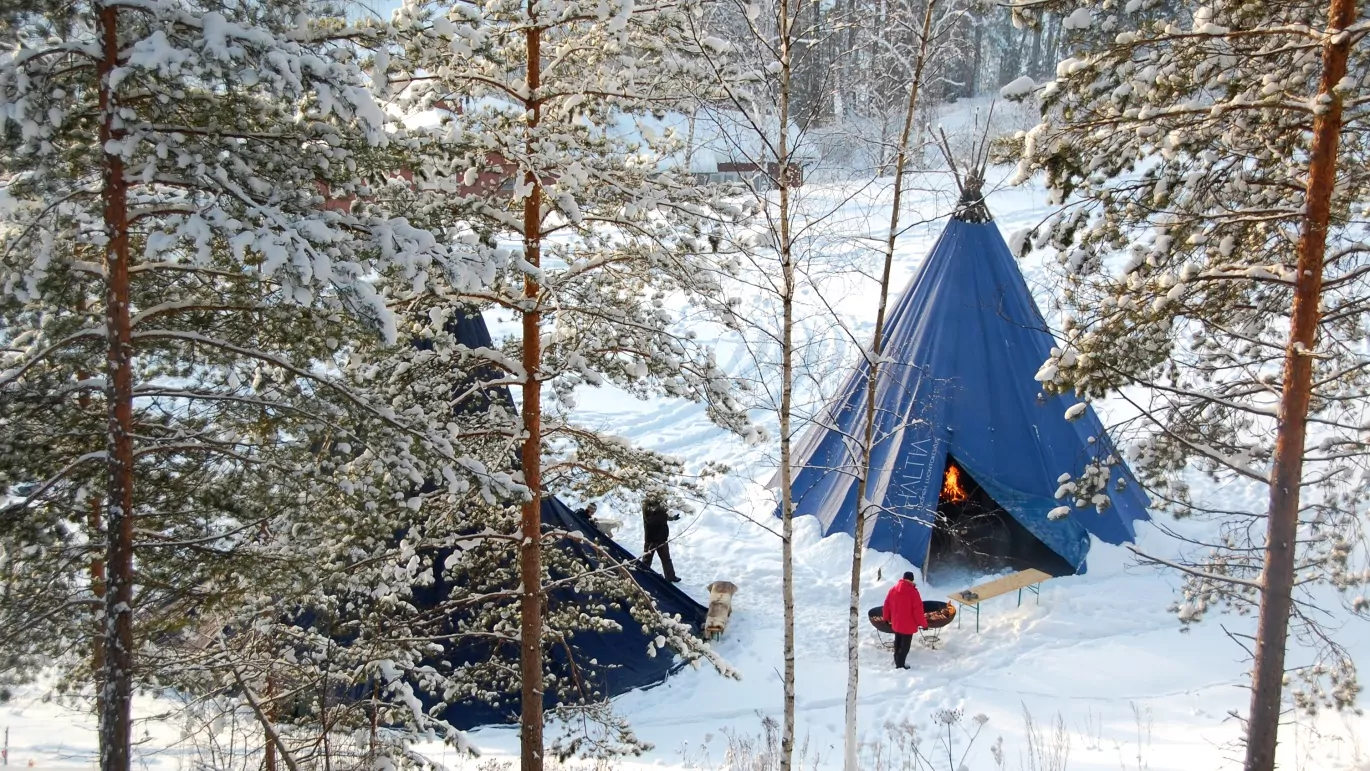
5. Christmas ham is not a pagan custom
Christmas is originally a pagan tradition and we know that the Vikings drank beer and partied at this time of year. Perhaps they also ate pigs, but the Christmas ham has nothing to do with the mythical pig Särimner. The custom of Christmas ham only came about at the end of the 19th century.
6. The advent calendar invented by a German mum - and her son
In the 1880s, a German mother decided to give her 4-year-old son Gerhard a piece of colourful cardboard with 24 cookies on it - one every day until Christmas. As Gerhard Lang grew up, he became a partner in a printing company and, inspired by his childhood, produced a successful advent calendar.
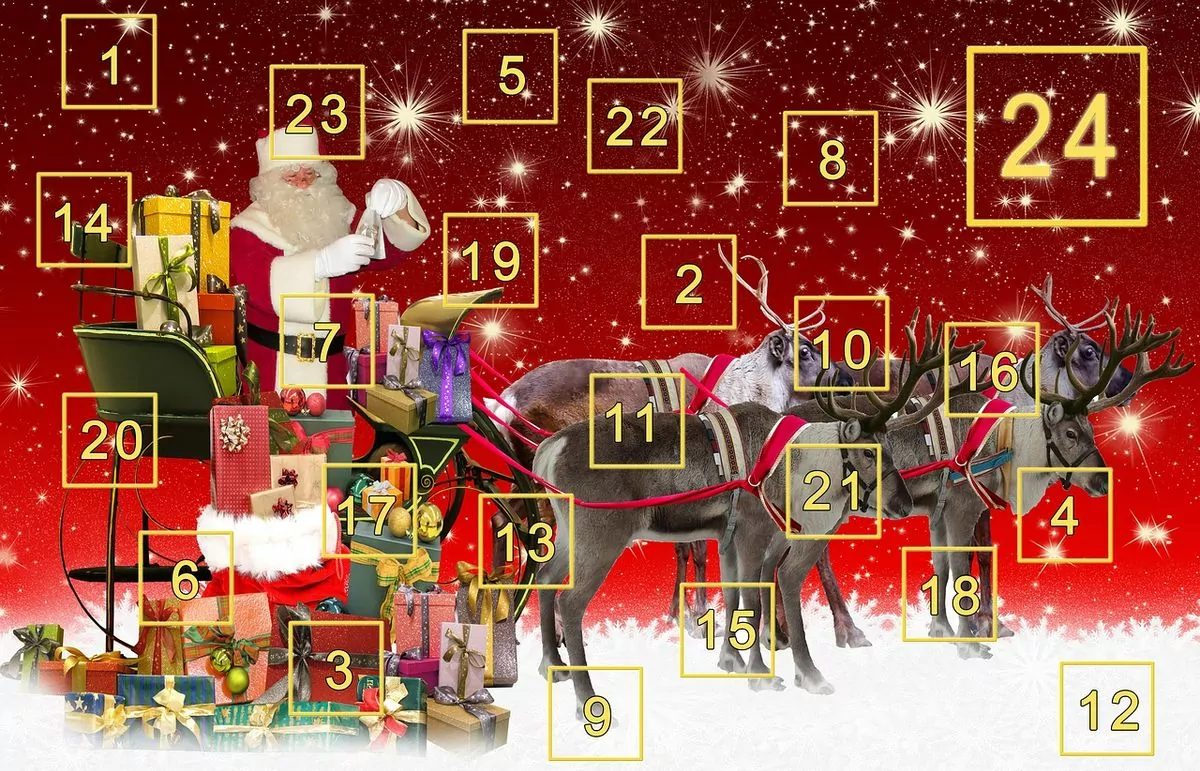
7. Ersta Diakoni brought in the Advent tree - which became a candle holder.
In the 1870s, Ersta Diakoni introduced an 'Advent tree' modelled on the Kaiserwerth Deaconess Institute in Germany. The tree had 28 candles, seven of which were lit every Advent Sunday. This custom then spread across the country and developed into the Advent candlestick.
8. We celebrate on the 24th instead of the 25th due to a clock.
Around the year 300, the Church decided that Jesus was born on 25 December, but in the Nordic countries we celebrate on 24 December. This custom has roots in the days before the mechanical clock - a new day began at sunset, instead of midnight as it does today.
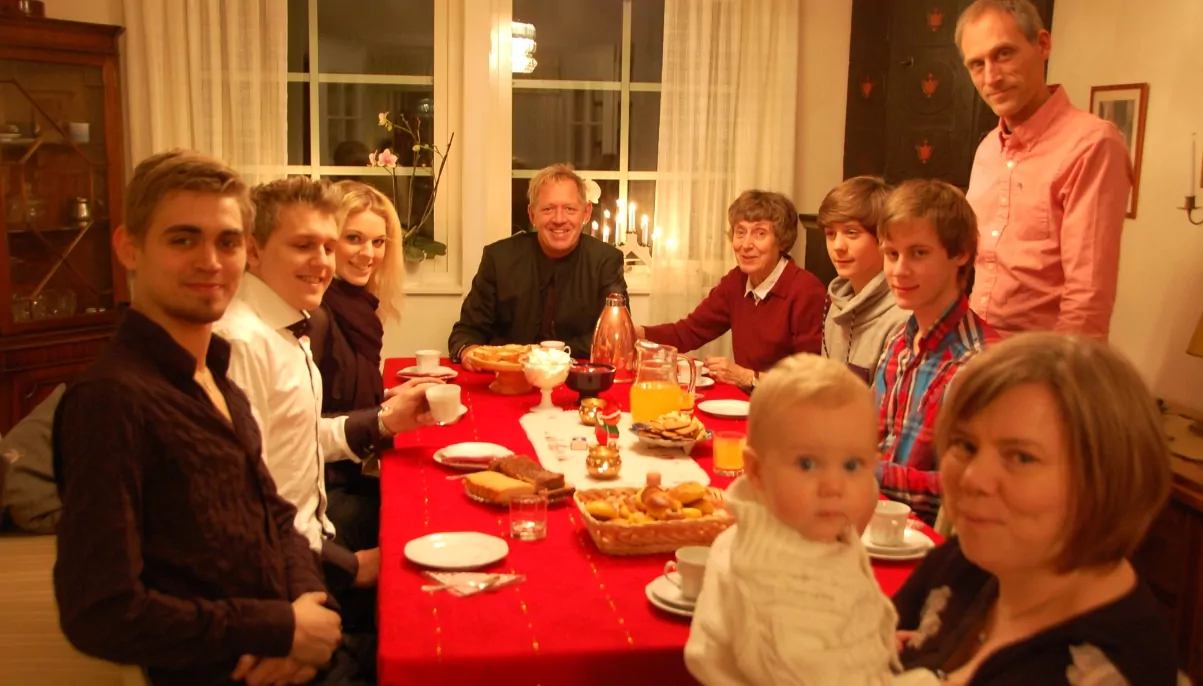
9. Orthodox celebrate Christmas on 7 January
Orthodox Christians celebrate Christmas on 6-7 January because they use the Julian calendar, which is thirteen days behind the Gregorian calendar. Thus, in countries where Orthodox Christianity is strong (Russia, Eastern Europe, etc.), the celebrations start later - and many times are celebrated twice.
10. Some children receive their Christmas presents on 6 December.
St Nicholas' Day is on 6 December and in some countries (Germany, the Netherlands and Belgium) it may therefore be on 5 or 6 December that the children receive their Christmas presents.
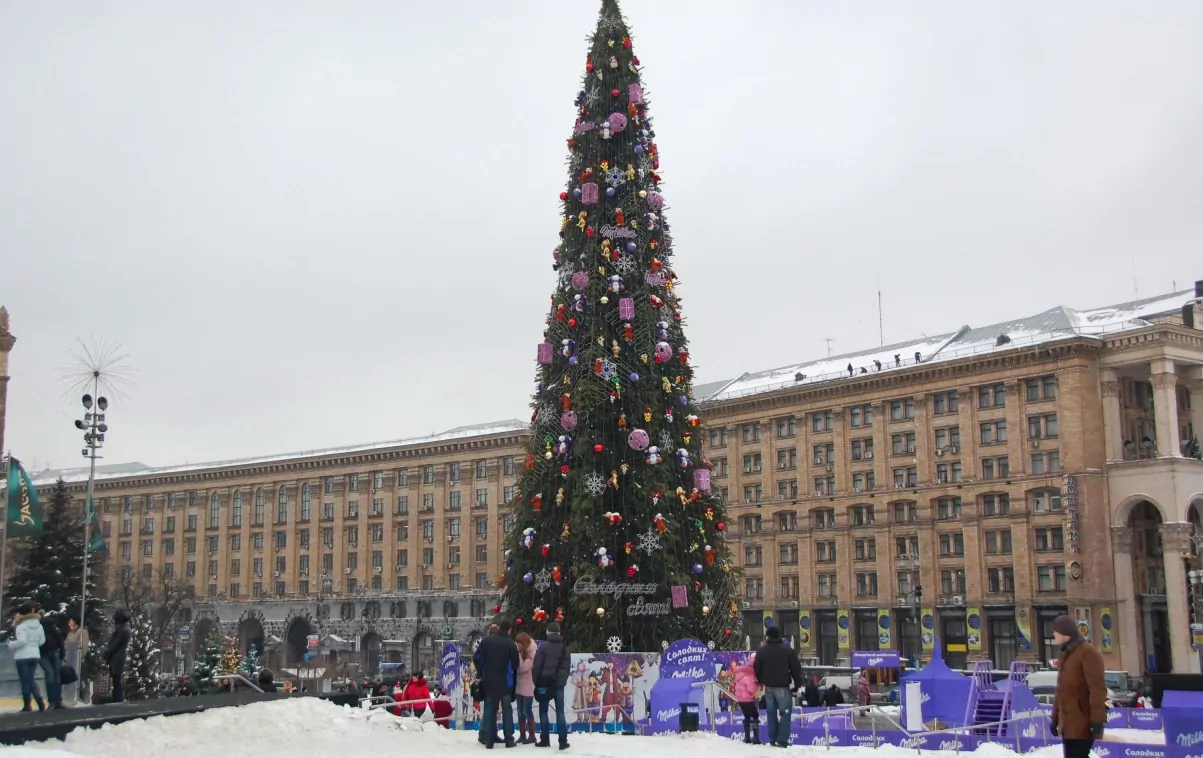
To write this post about Christmas traditions I have gathered information from several sources, including Wikipedia, World History, Metro and the blog Holidays.


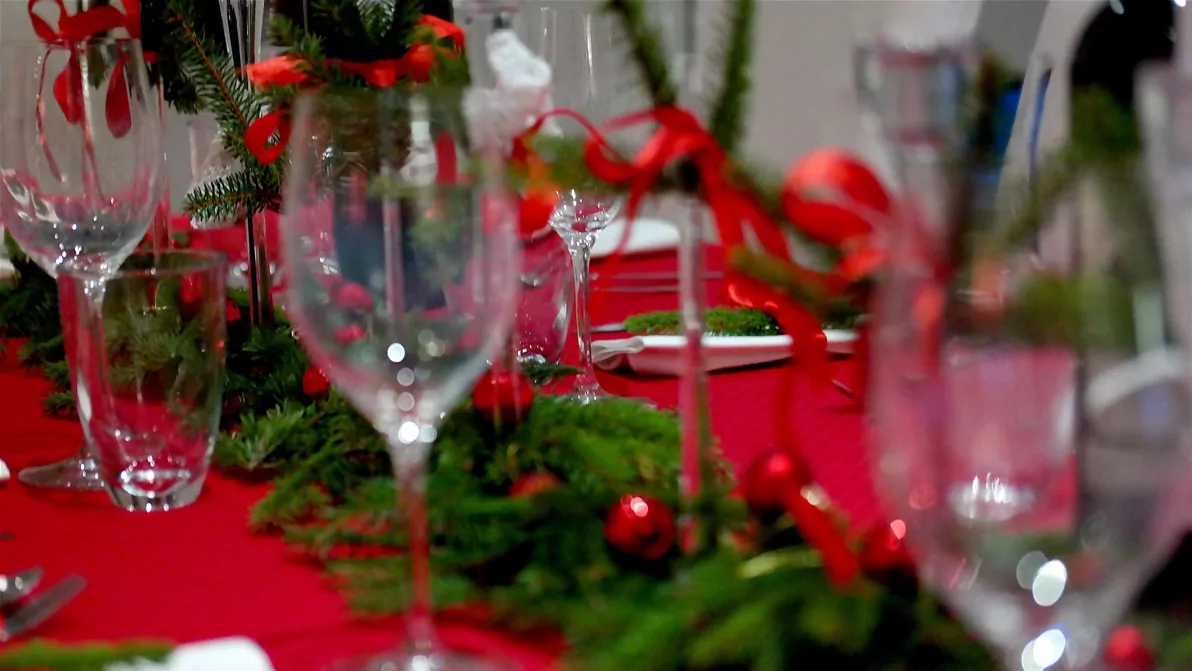







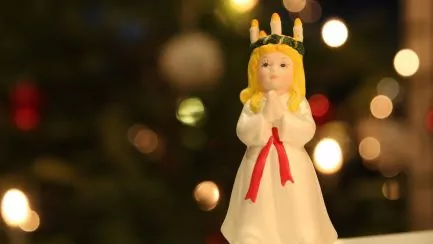


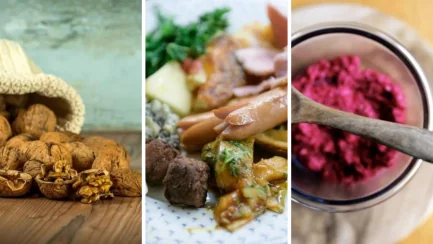



Lisa in the village says:
Wishing you a peaceful Christmas!
Christmas hugs!
24 December 2017 - 8:05
Helena says:
Thank you very much Lisa!
24 December 2017 - 15:26
Matts Torebring says:
What an analysis you have made. I can only admit. "I'm no better than a 5th grader". I did not know all the points in detail.
Enjoy this amazingly historic day. Merry Christmas!...??
24 December 2017 - 8:32
Helena says:
I didn't know everything either, but I find such things interesting when I start reading! 🙂 Merry Christmas!
24 December 2017 - 15:27
Ama de casa says:
Here in Spain, the kings (the wise men) bring presents to the children on Epiphany. More rightly so (if you believe the story), because that's when the wise men brought their presents to the manger where the child was lying.
I don't believe that at all, but I like Christmas anyway 😀.
Have a nice Christmas Eve and Merry Christmas!
Hugs
24 December 2017 - 9:38
Helena says:
You can like Christmas no matter what you believe in! 🙂 I do believe that Jesus existed, but I'm not religious ...
24 December 2017 - 15:28
Cattis says:
Some new info and some old for me but always interesting reading here! Wishing you a very merry Christmas!?
24 December 2017 - 10:32
Helena says:
Thank you Kattis!
24 December 2017 - 15:28
Eva - People in the Street says:
Merry Christmas dear ones!
24 December 2017 - 10:35
Helena says:
Thank you very much Eva!
24 December 2017 - 15:28
Husis blog says:
It was a lot of new information, both for me and for the owners.
Wishing you a wonderful Christmas Eve and weekend!
24 December 2017 - 11:04
Helena says:
Wishing you also a gin Christmas Eve!
24 December 2017 - 15:29
Biggeros says:
Many of these things that you have written about Christmas have been picked up through life. How to celebrate different Christmas traditions especially when I have lived abroad. Fun to read about Christmas? Wishing you a really cosy Christmas and Happy New Year?
24 December 2017 - 11:43
Helena says:
When you live abroad you get to learn a lot! 🙂 Merry Christmas!
24 December 2017 - 15:29
Ruth in Virginia says:
I believe in Viktor Rydberg's 'Tomten'.
Goodness wins.
Epiphany evening with star boys. Involved with
they were "Judas with the scrotum". ?????? Anyone know?
Lovely photo of your family dinner. All ages
represented. And happy you are too! Made me happy too.
Good luck!
24 December 2017 - 11:49
Helena says:
Viktor Rydberg's Santa Claus is nice! "Judas with the scrotum"...? No, now I'm not in 😉 Anyway, wish you a really nice Christmas!
24 December 2017 - 15:31
Mr Steve says:
Thank you for the Christmas lesson. Wishing you a very Merry Christmas!
24 December 2017 - 12:00
Helena says:
Thank you very much Steve!
24 December 2017 - 15:31
BP says:
There was a lot I didn't know. Thanks for that lesson:-)
And with this new knowledge, I can sit back and wish you a Merry Christmas!
24 December 2017 - 14:40
Helena says:
Thank you very much BP!
24 December 2017 - 15:31
Liniz Travel says:
Interesting facts! Merry Christmas 🙂 hugs
24 December 2017 - 21:17
Ia says:
Here in Greece, Christmas is celebrated on the same days as us. The orthodox part is within the church. The Greek Santa Claus, Vasilis, comes by boat on New Year's Eve and hands out presents that the children receive on New Year's Day instead of Christmas Day. But they get some presents on Christmas Day as well, many divide it up so you can say that Greek children must be the happiest in the world to get presents twice!!! 😉
27 December 2017 - 12:29